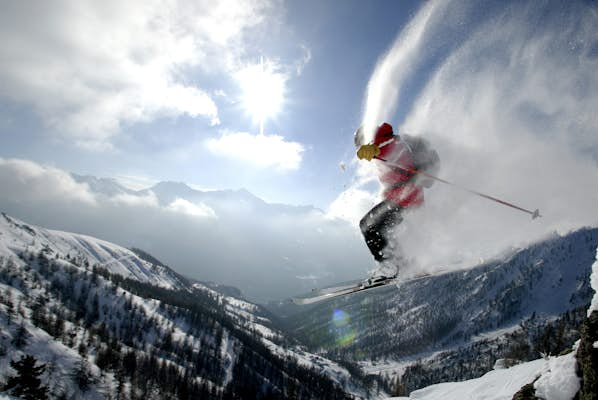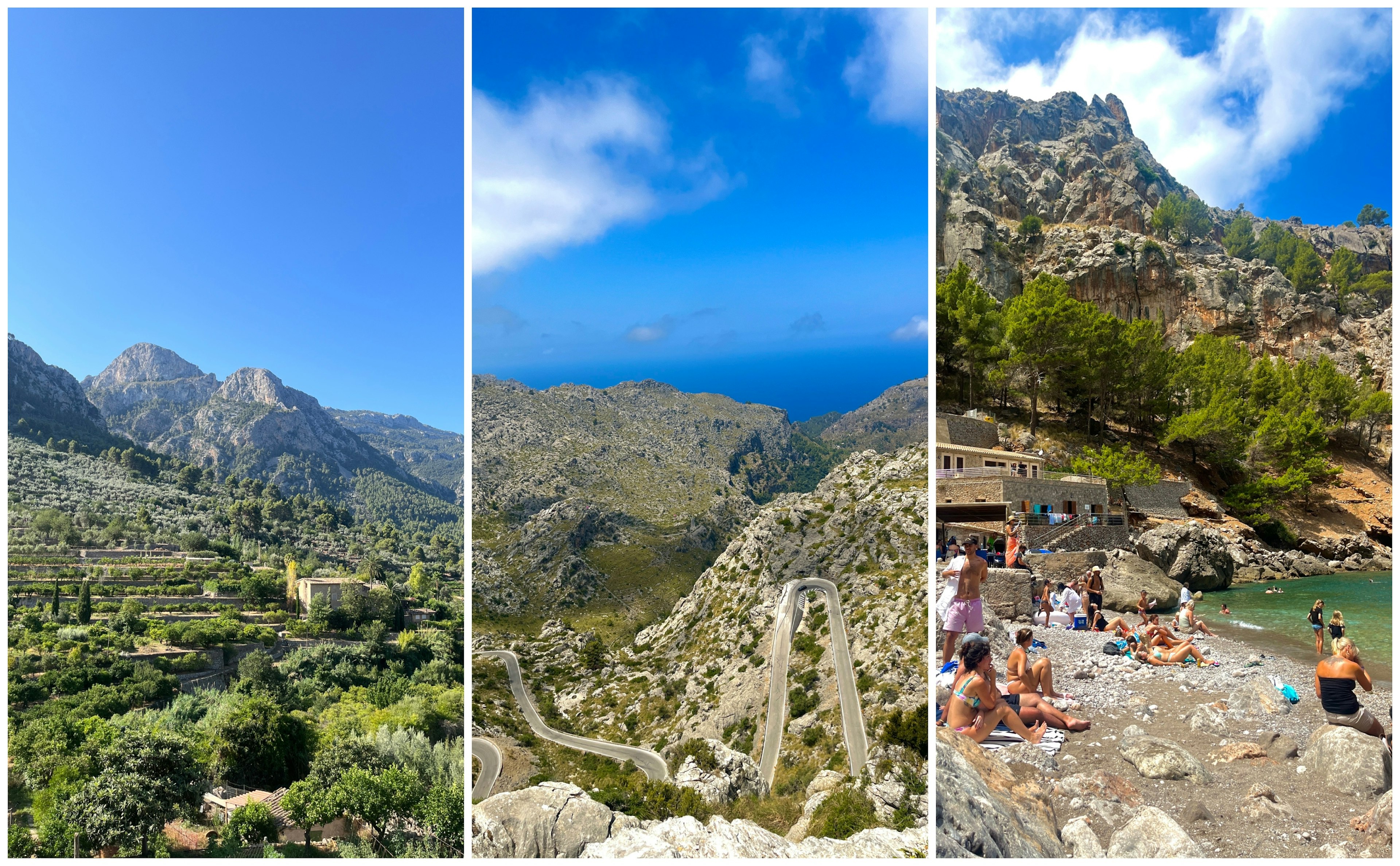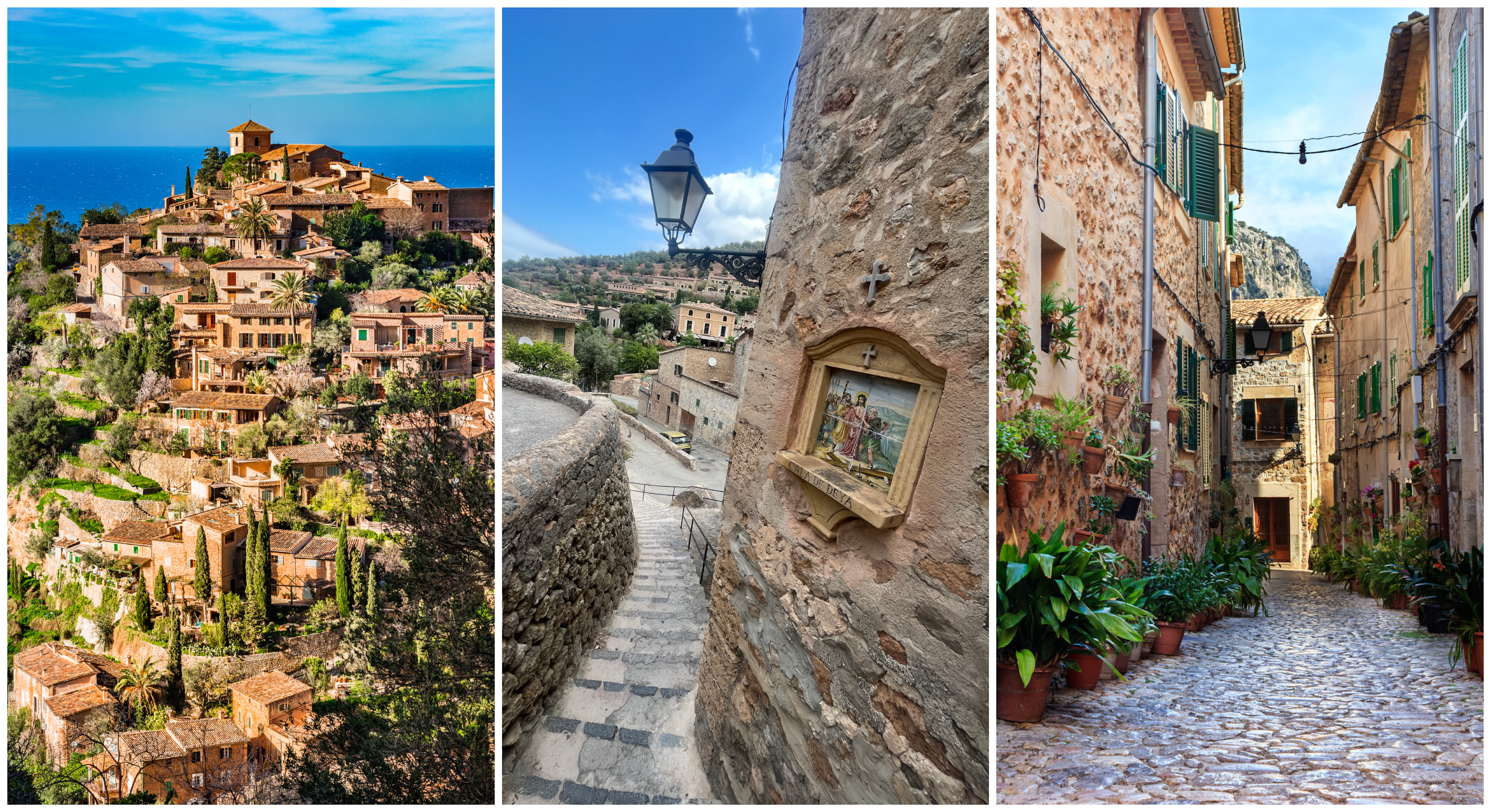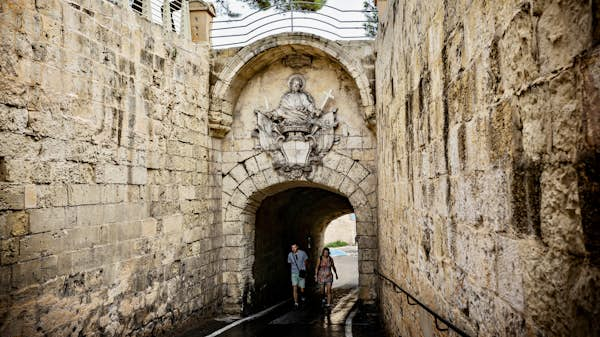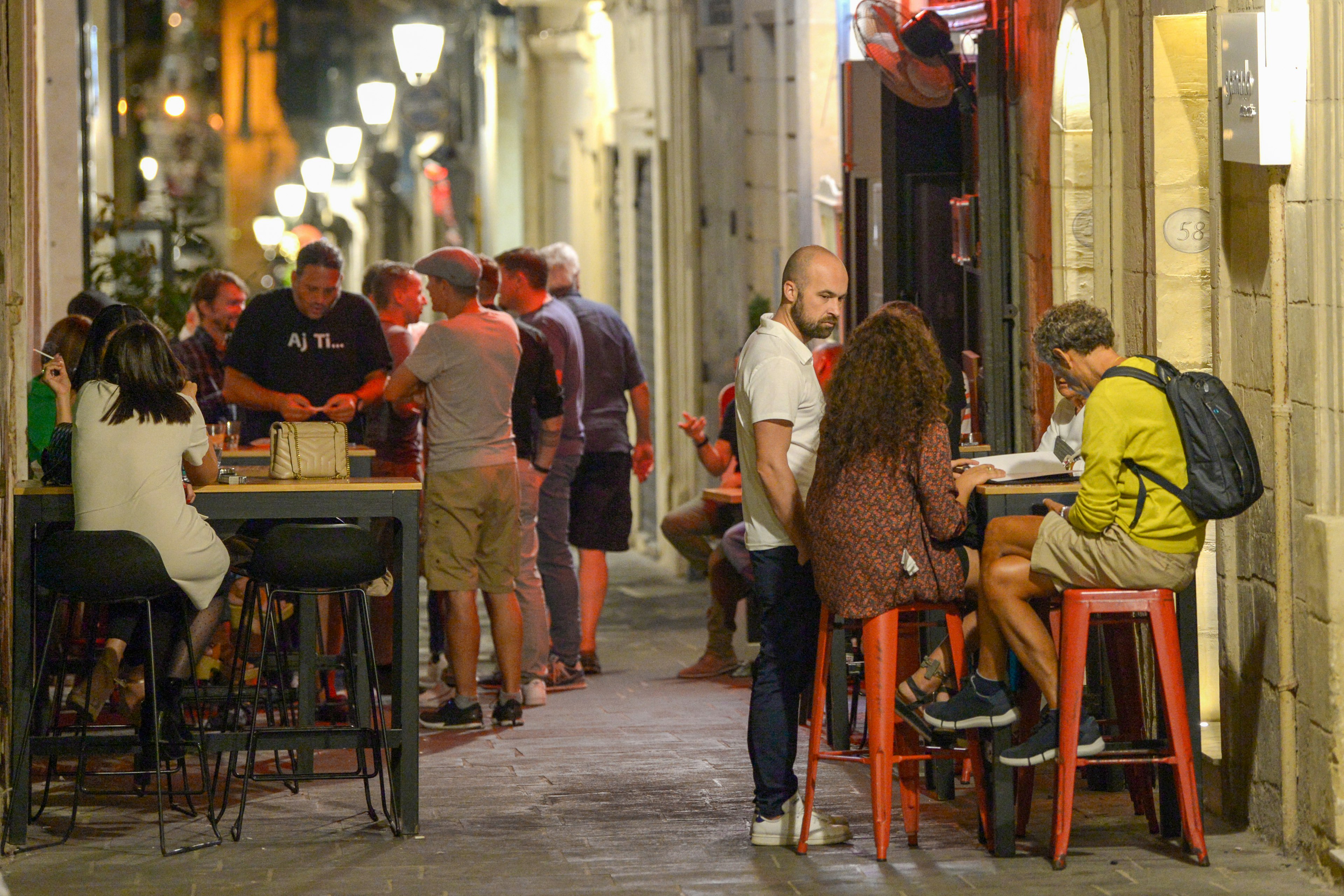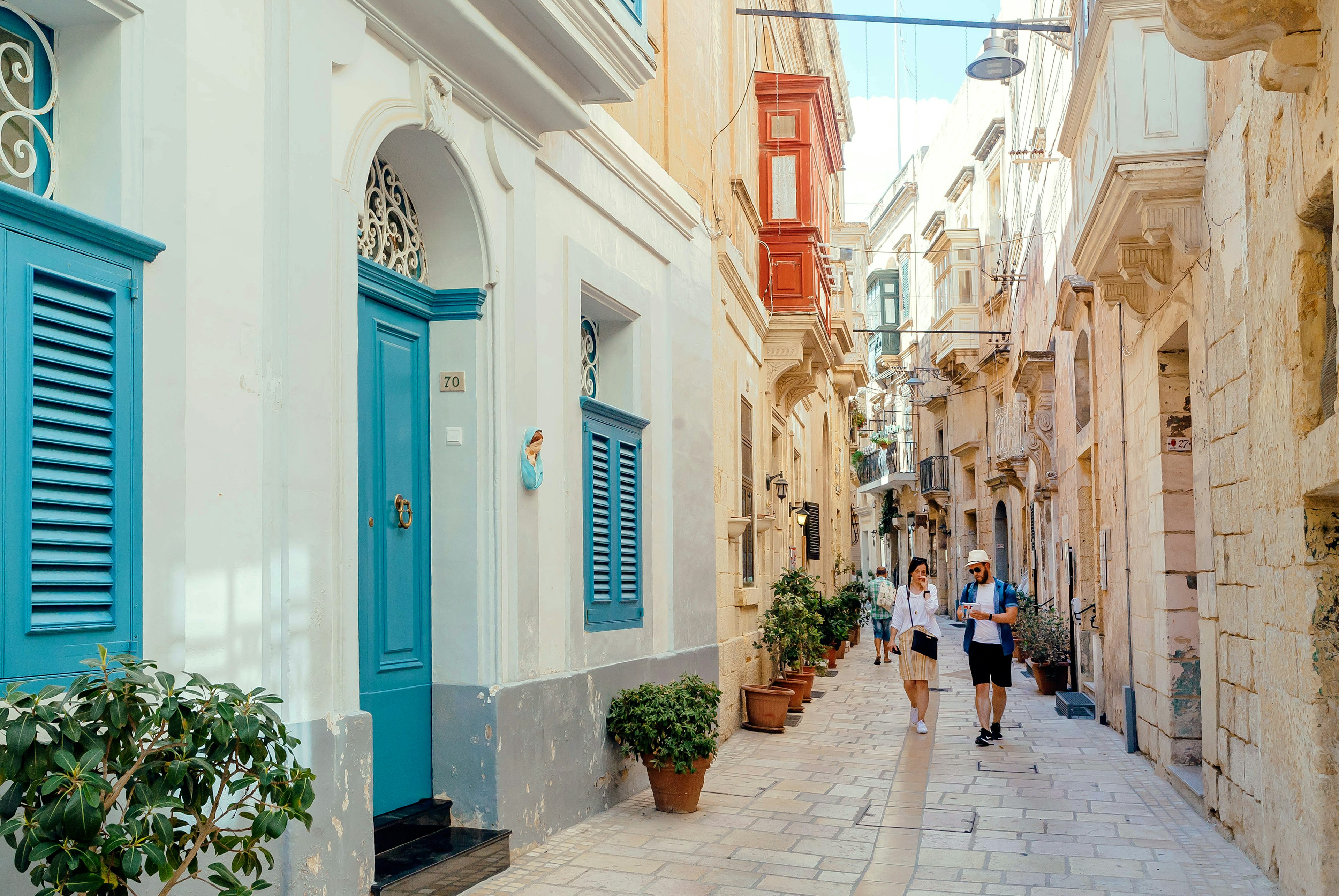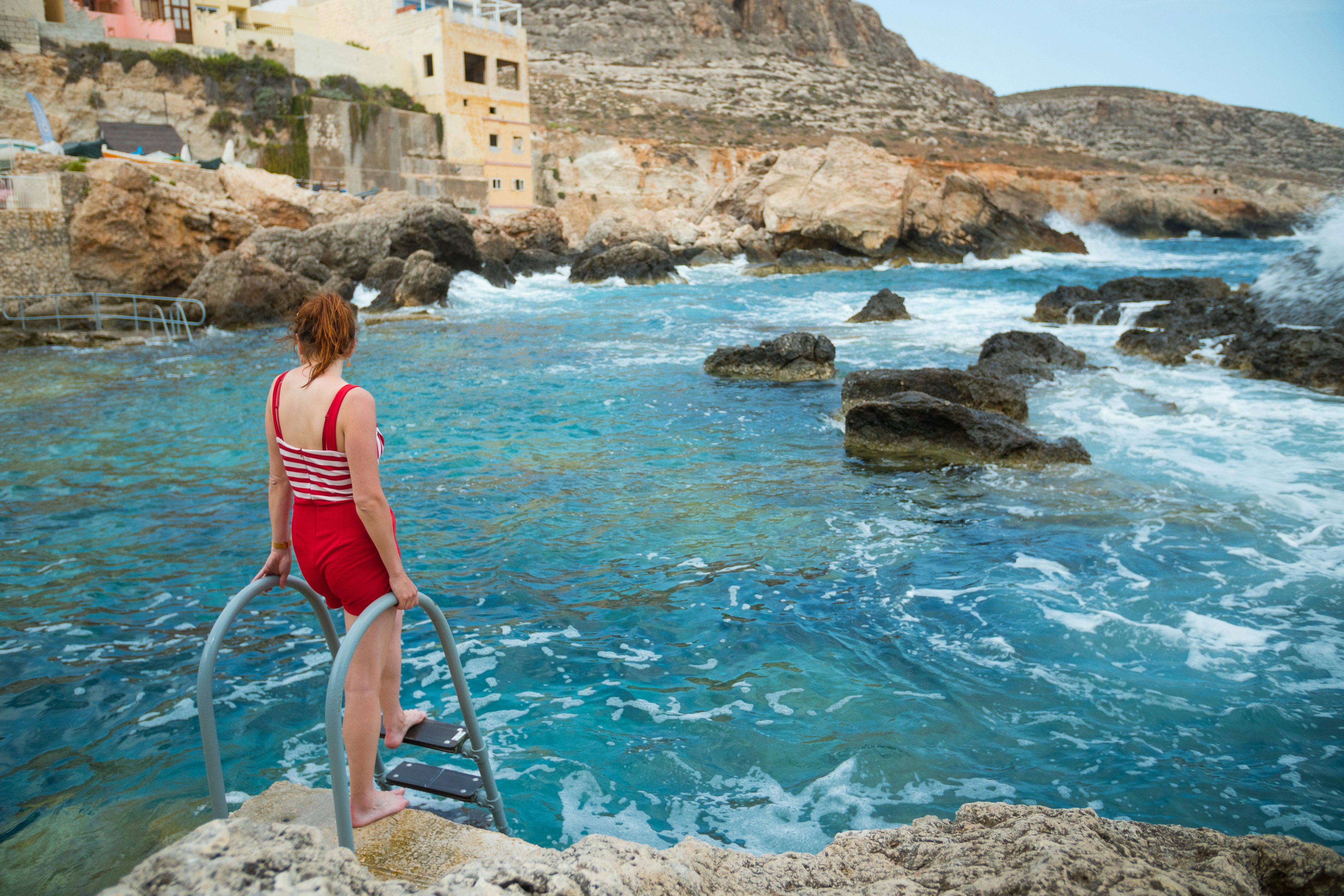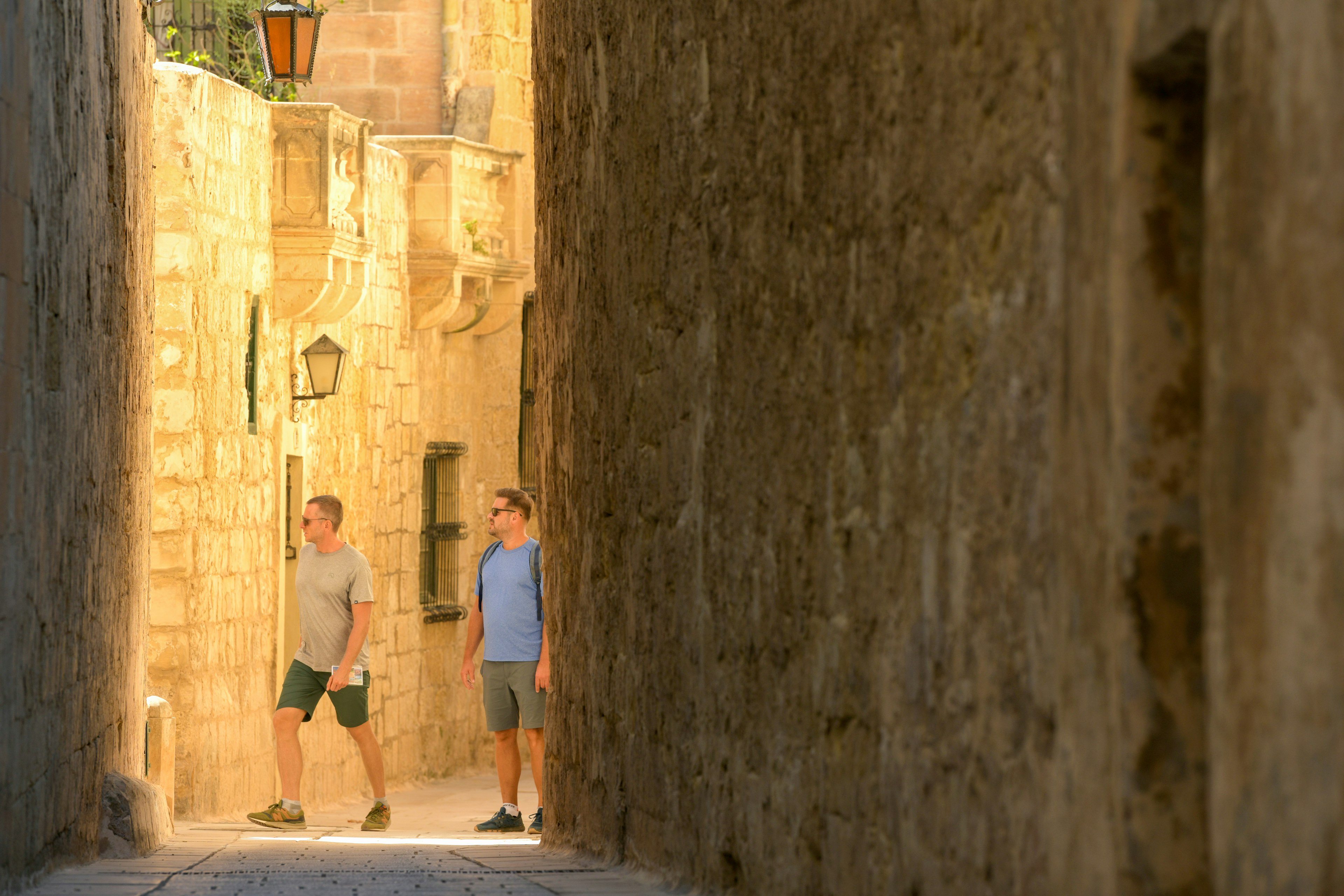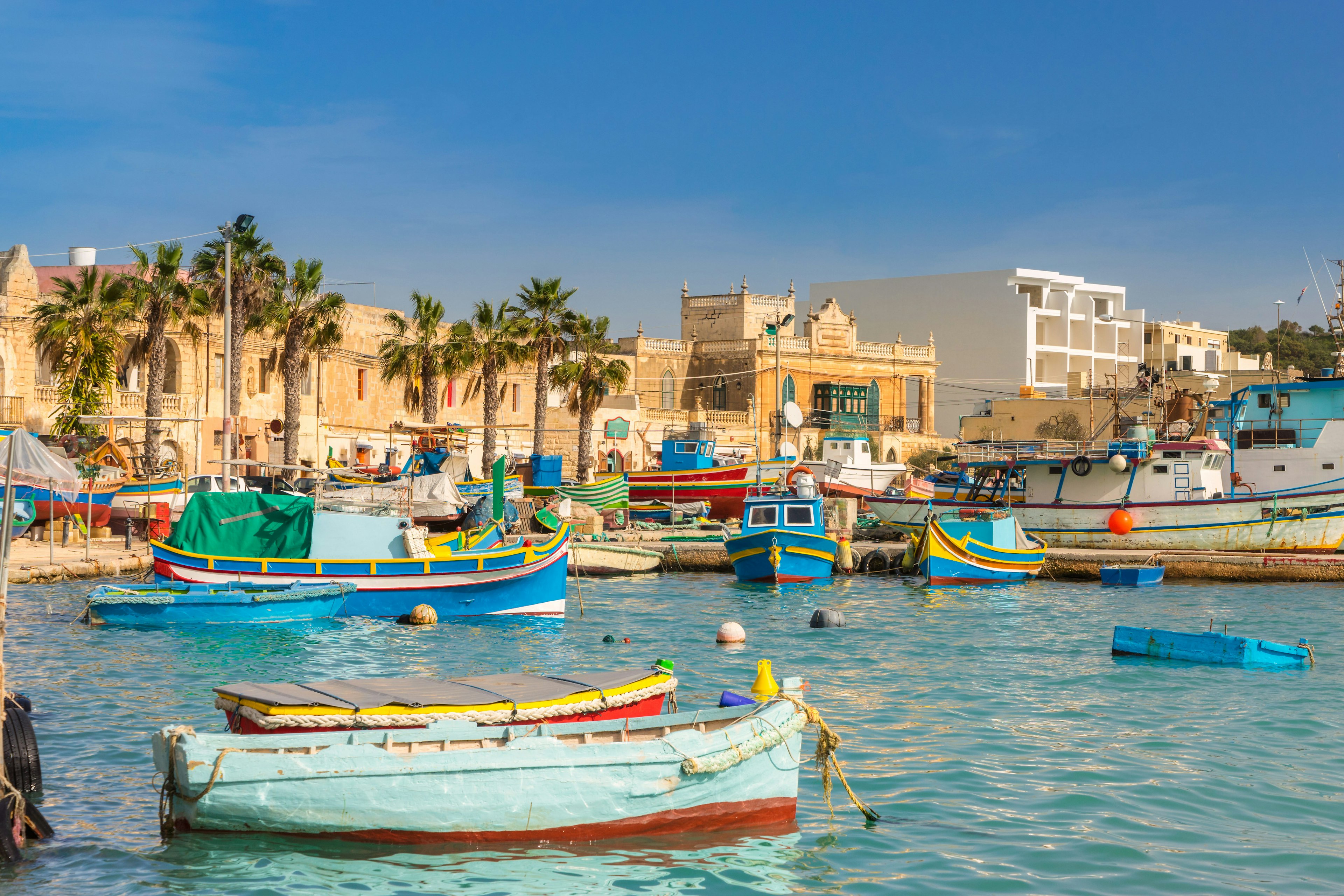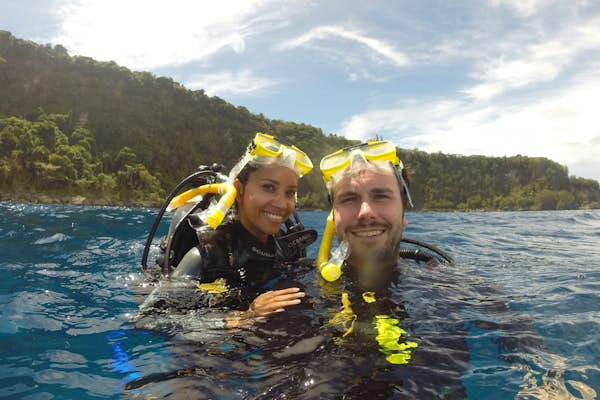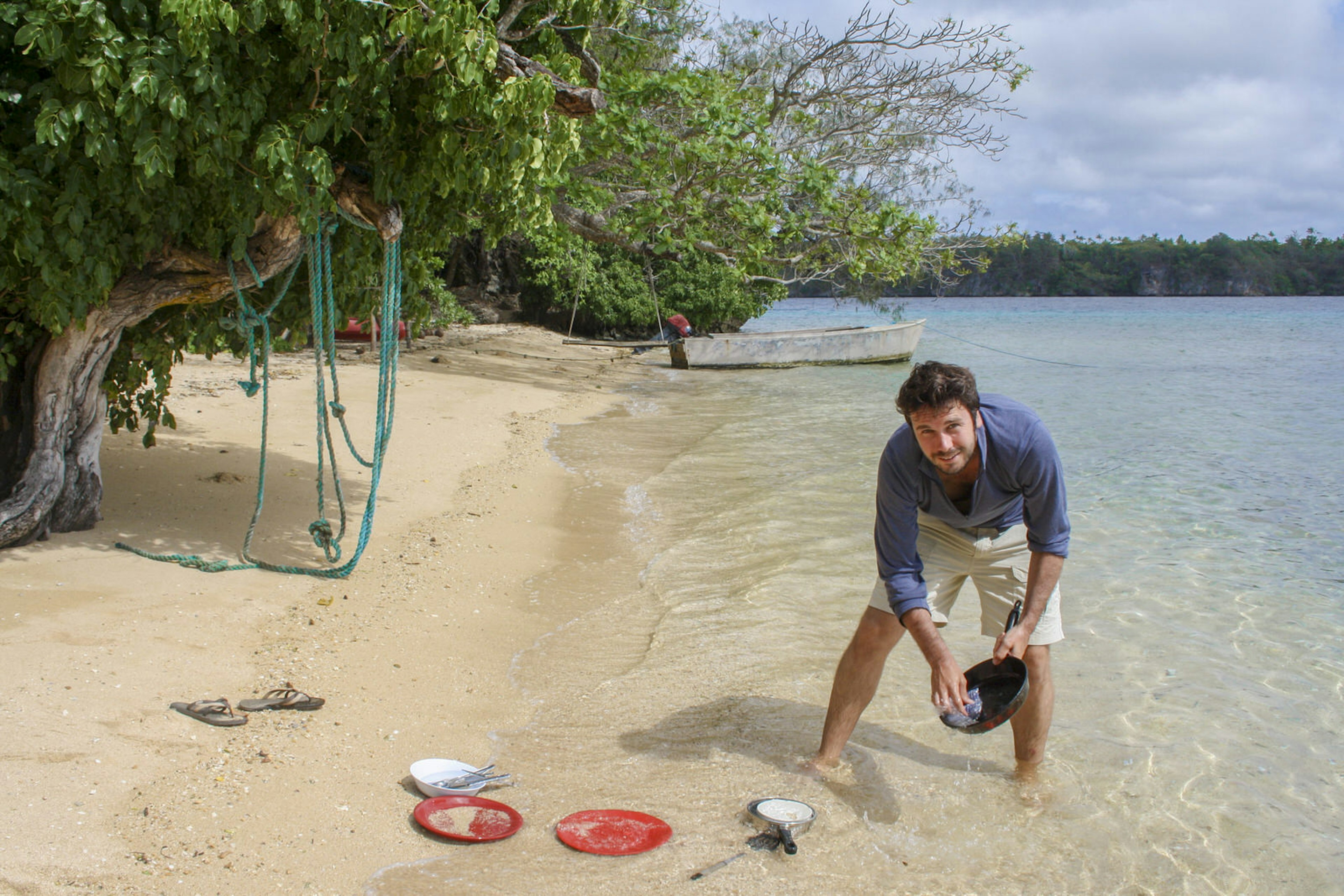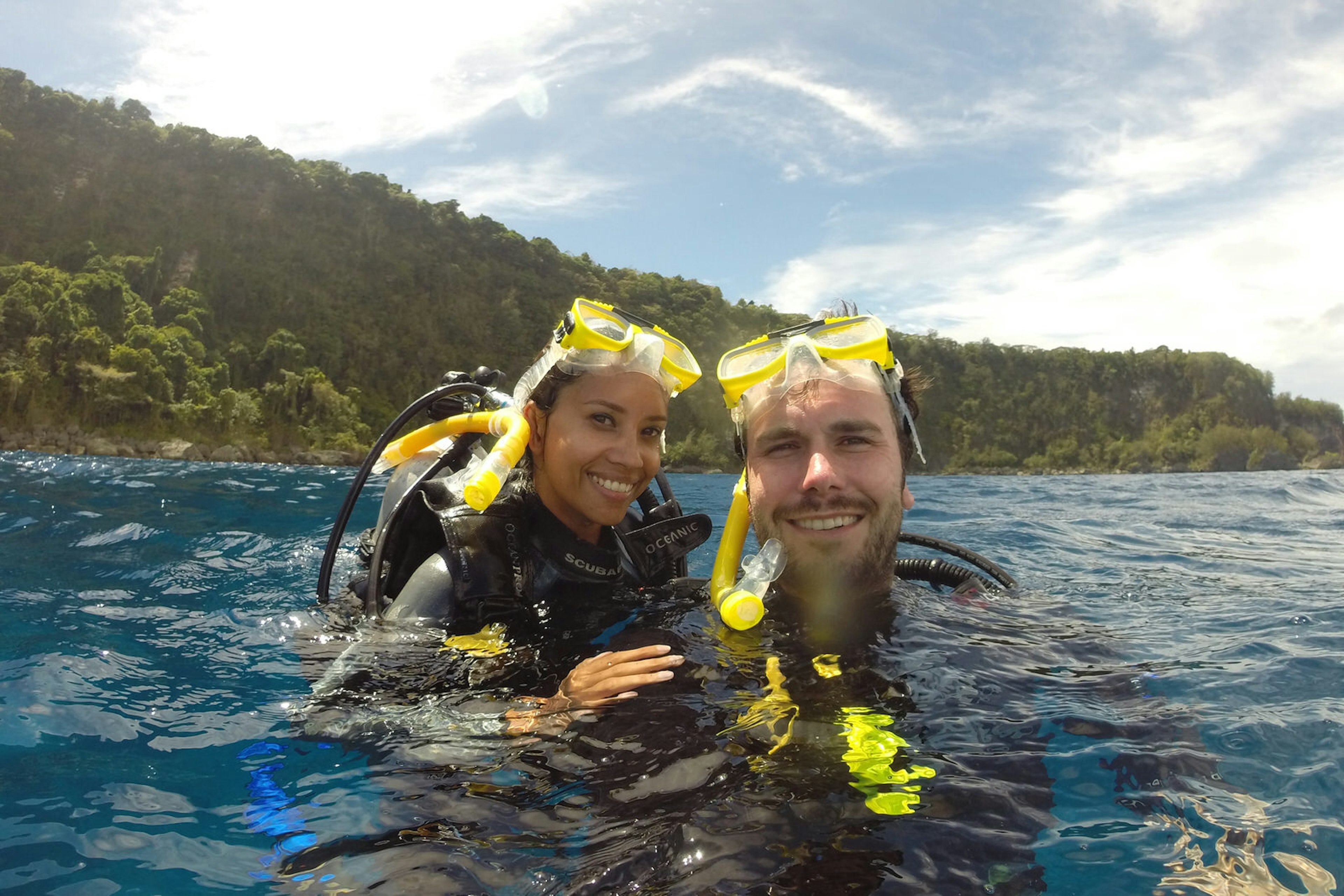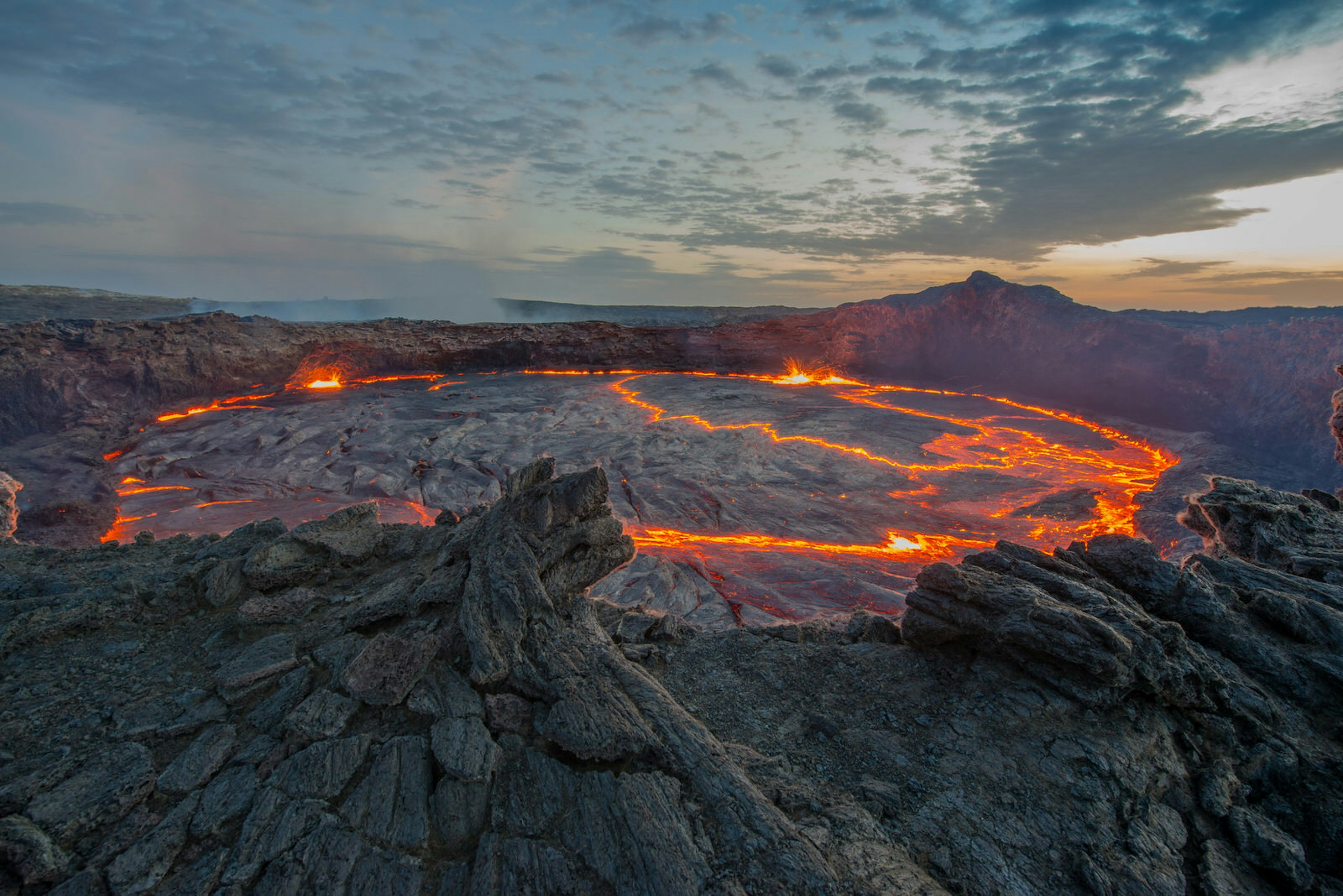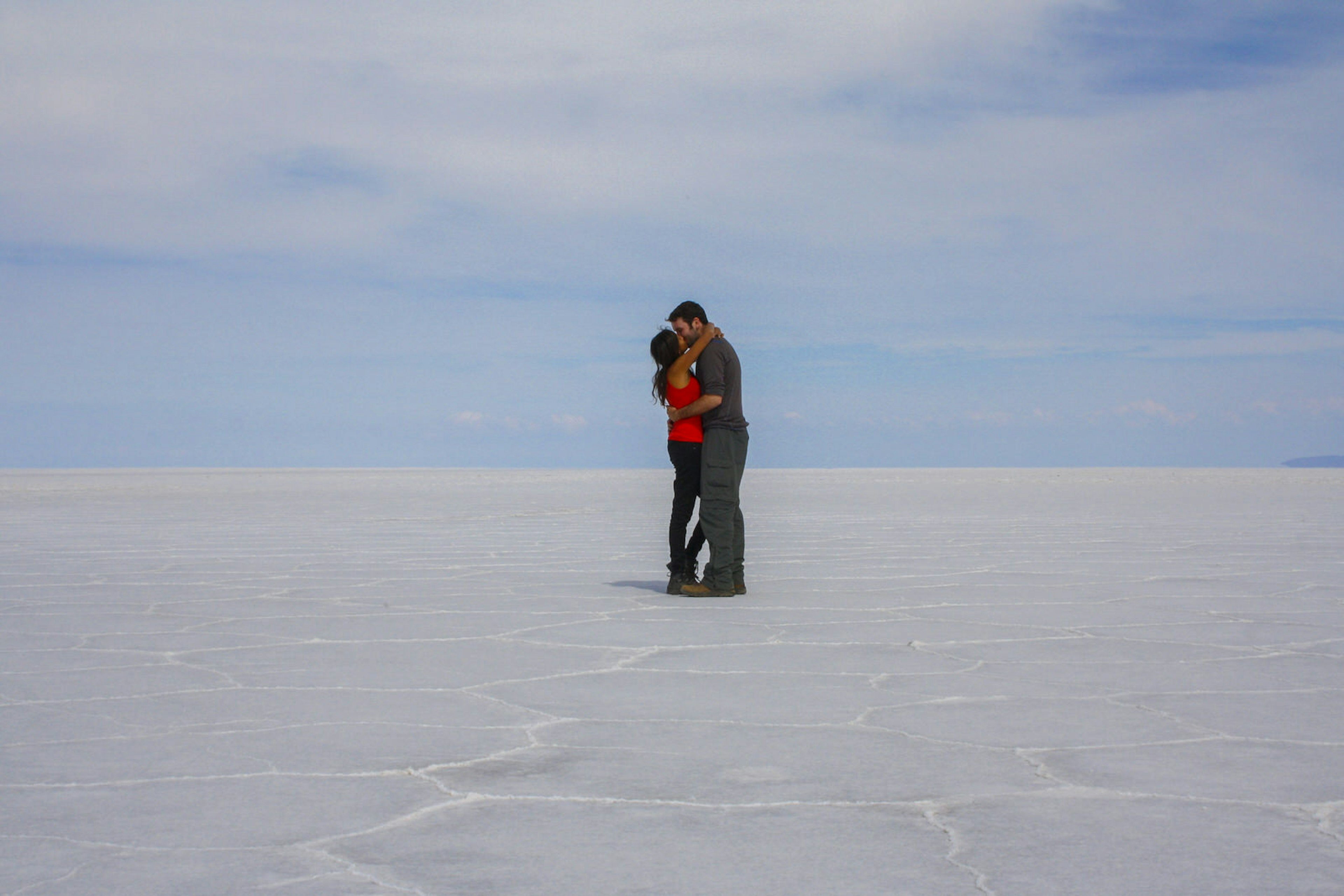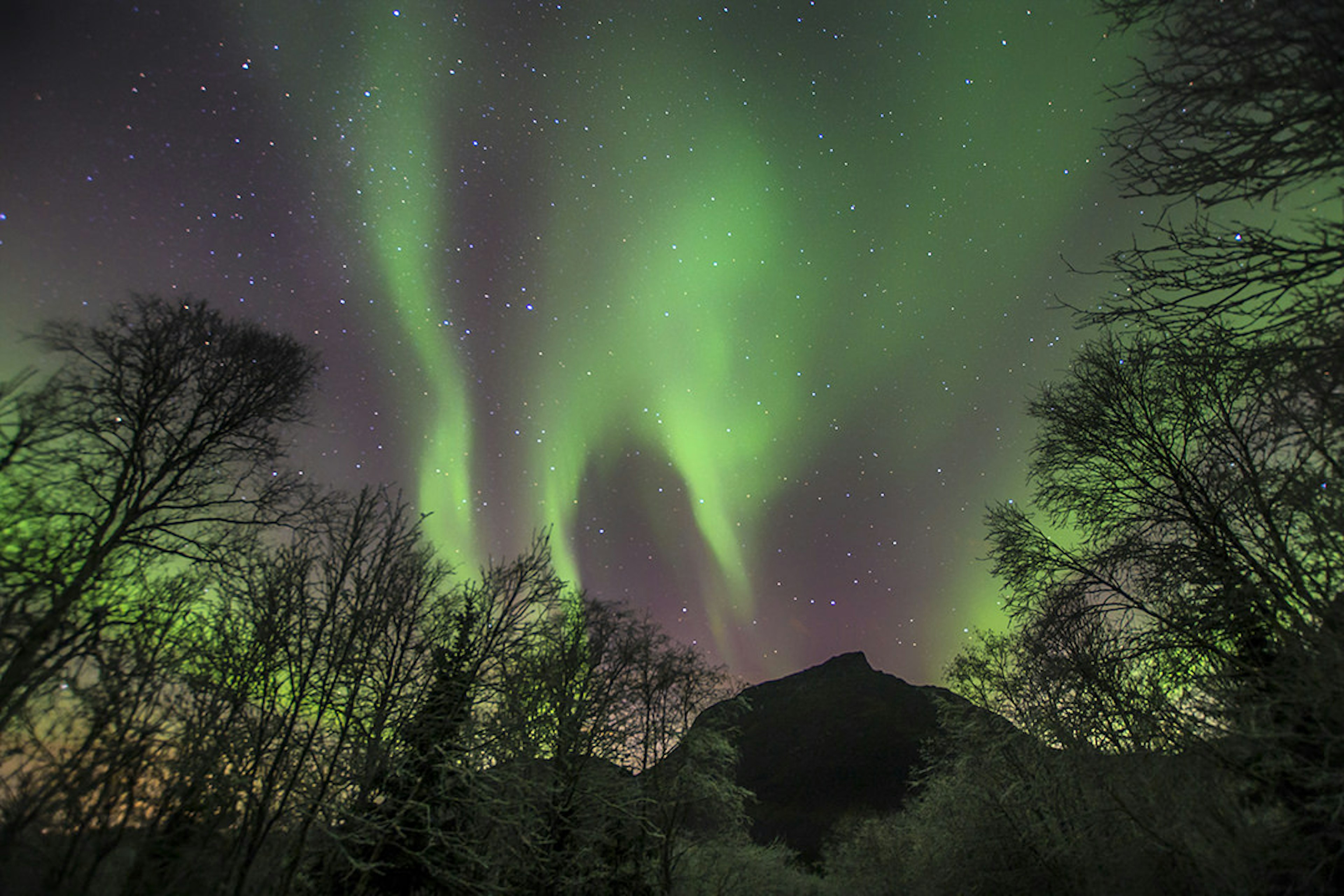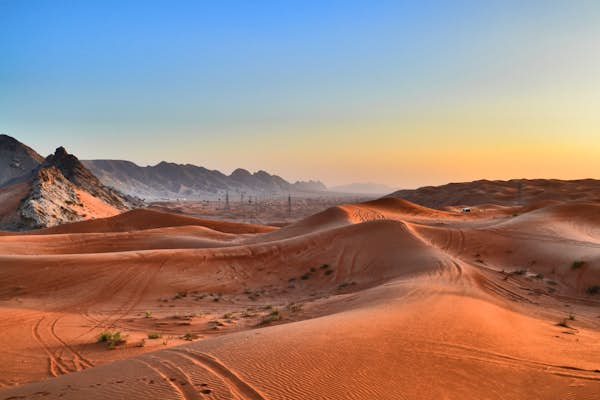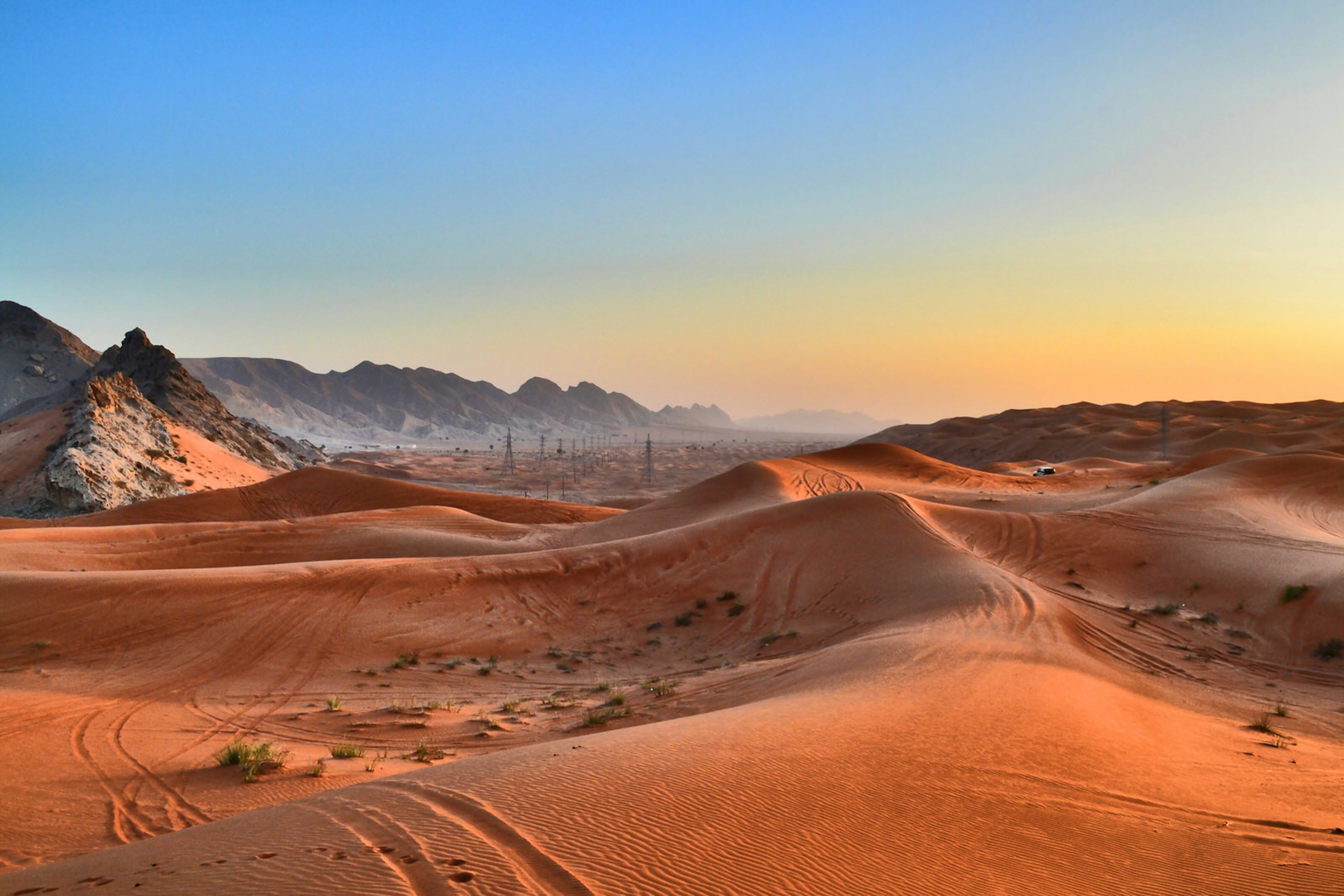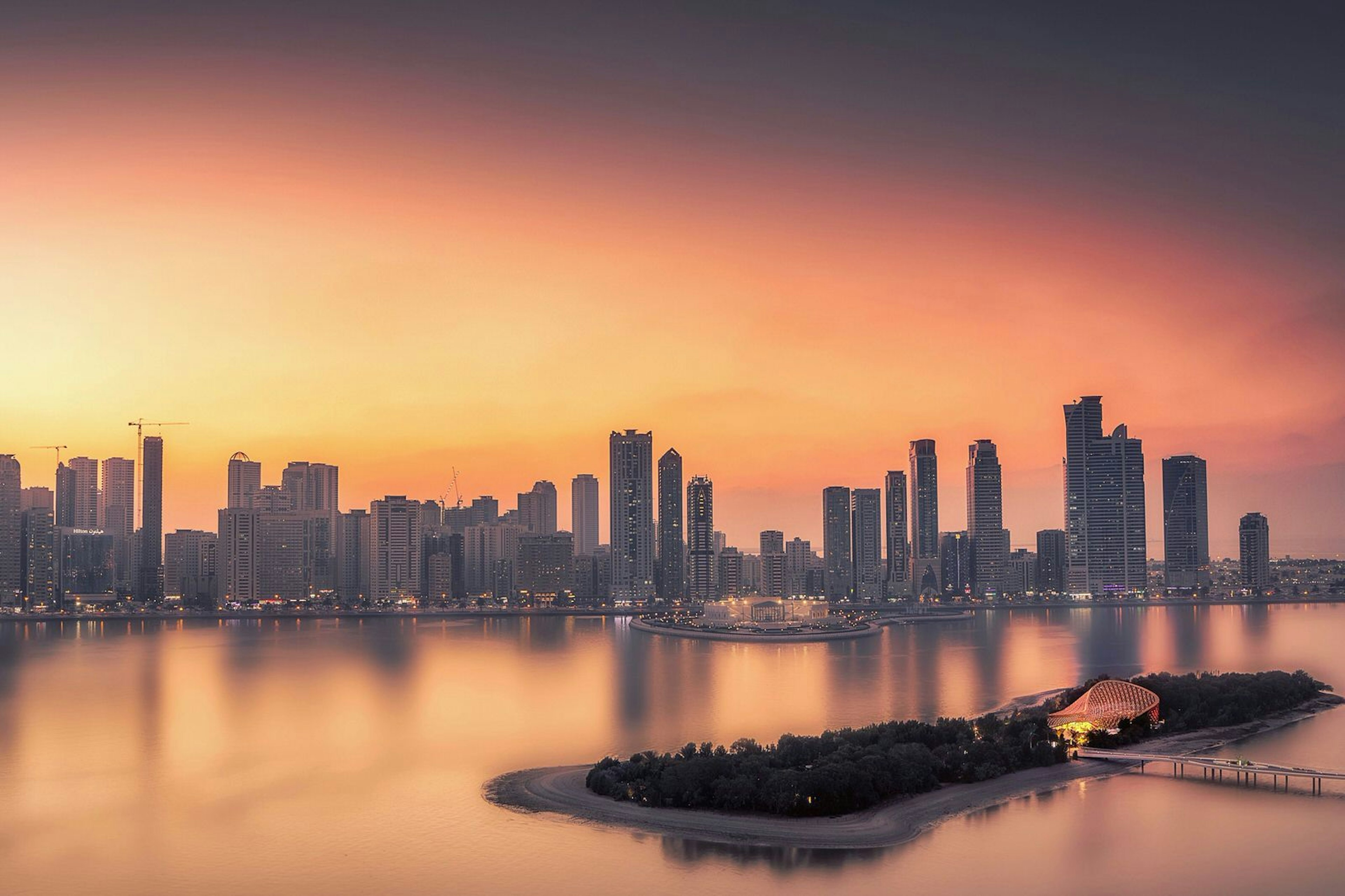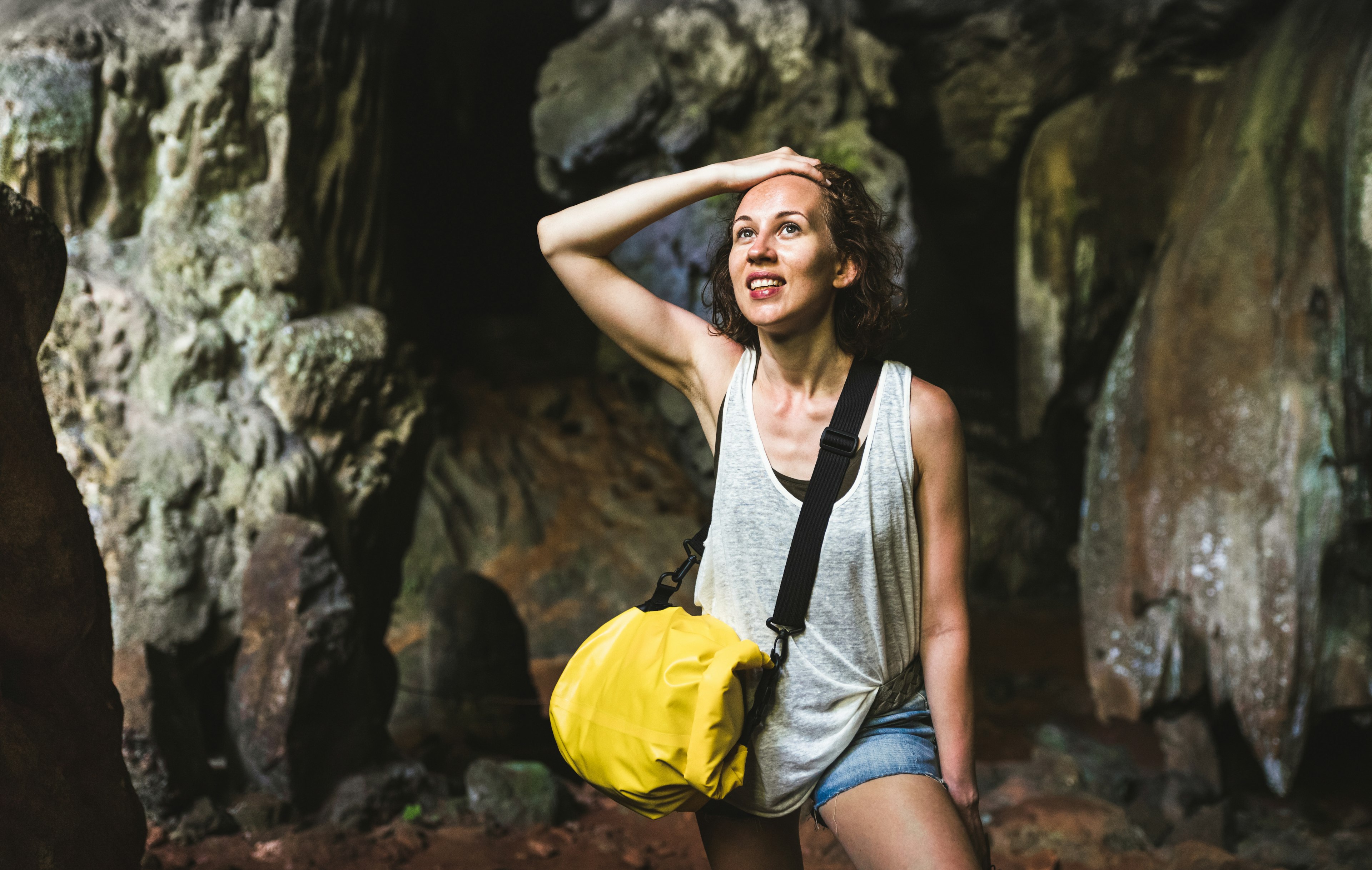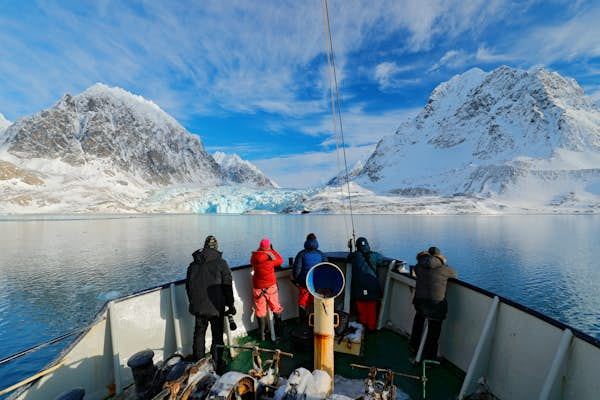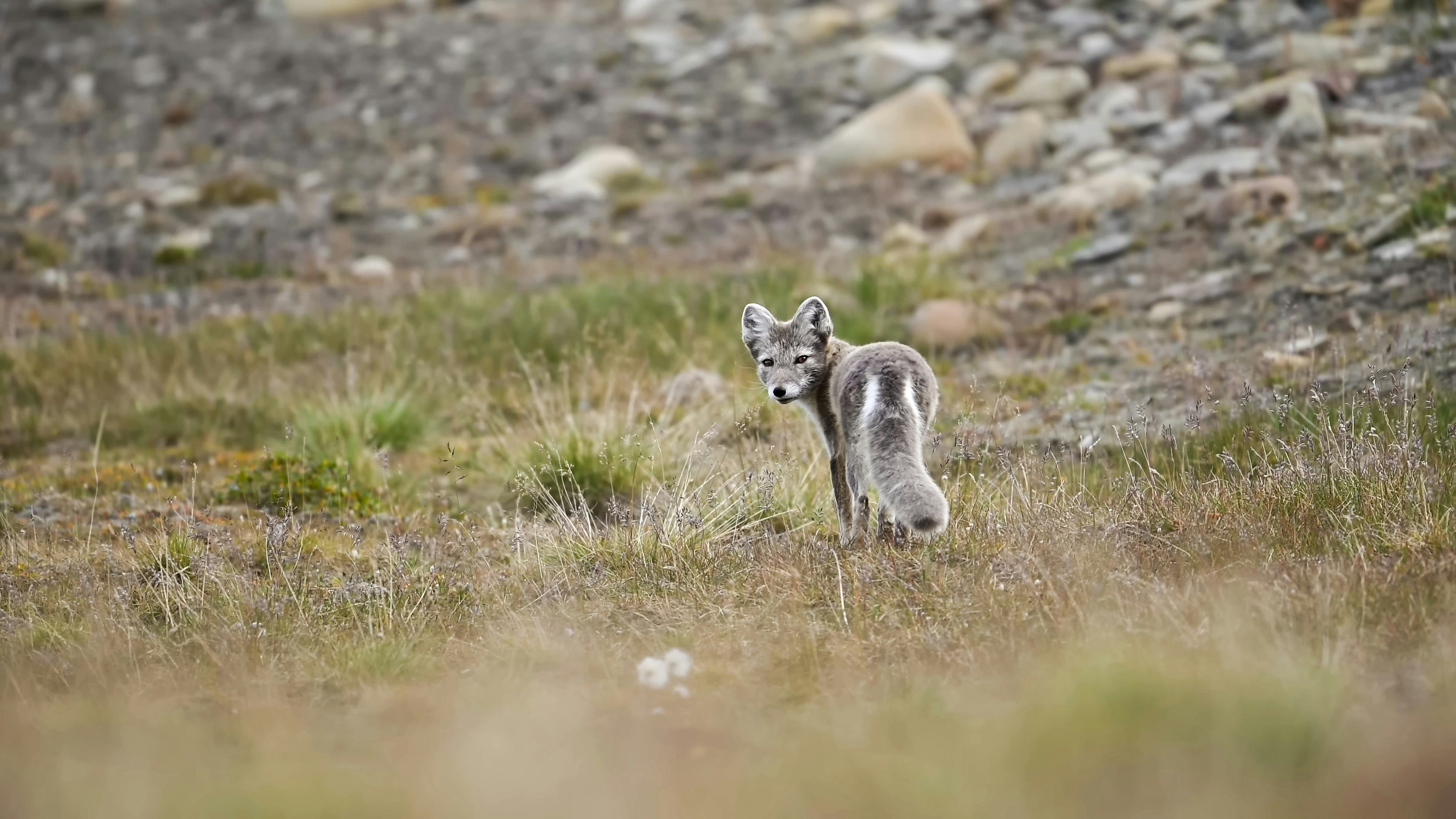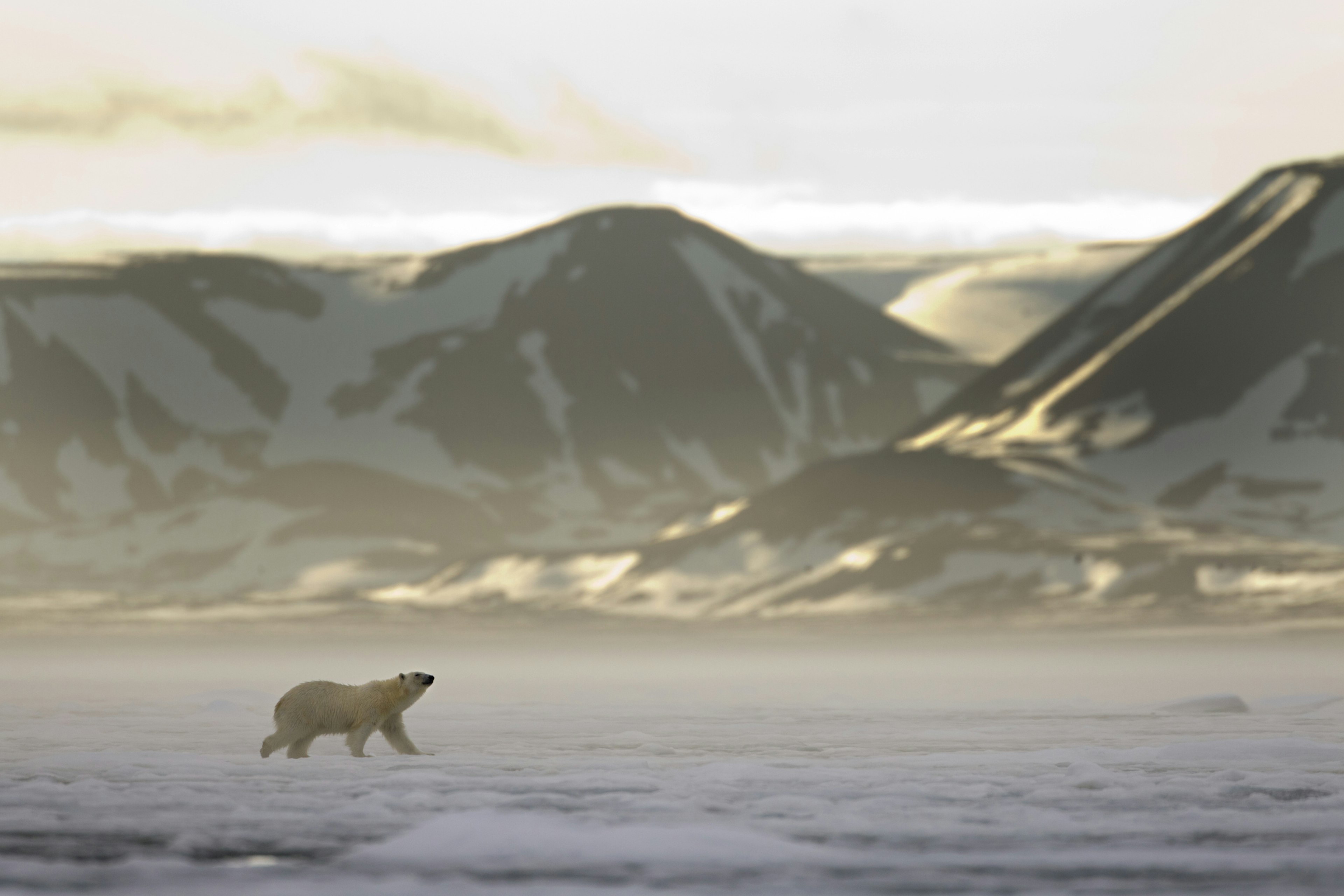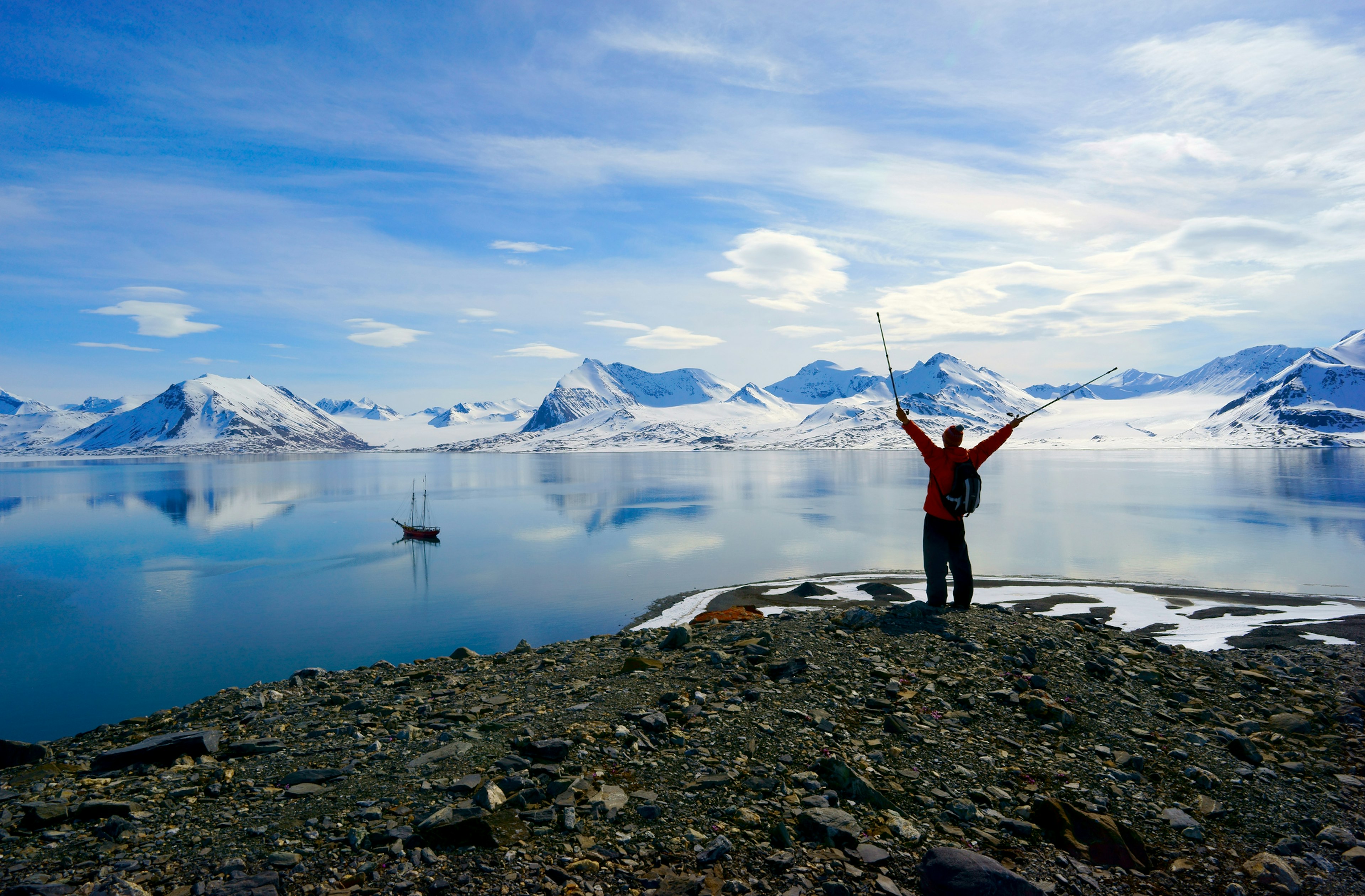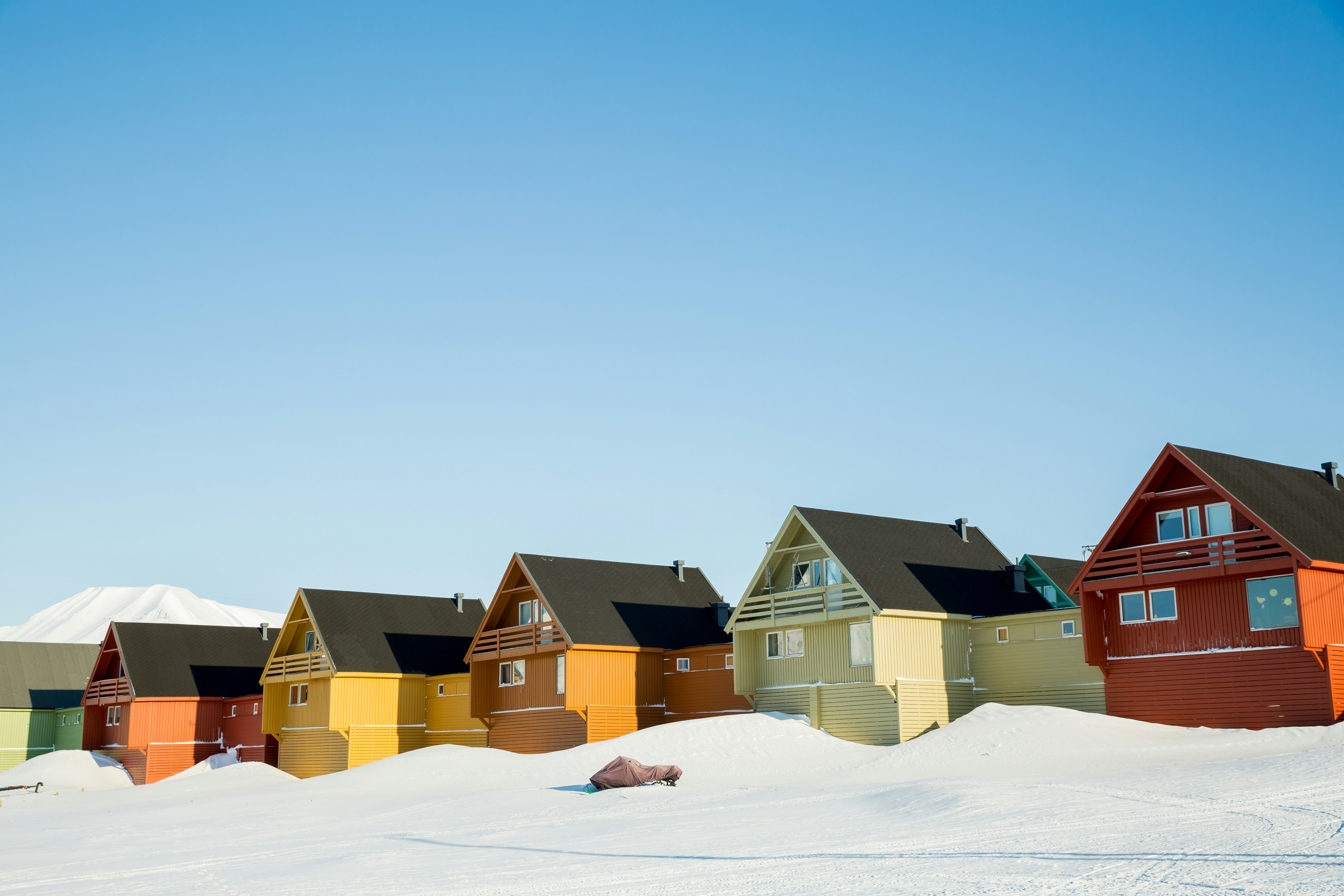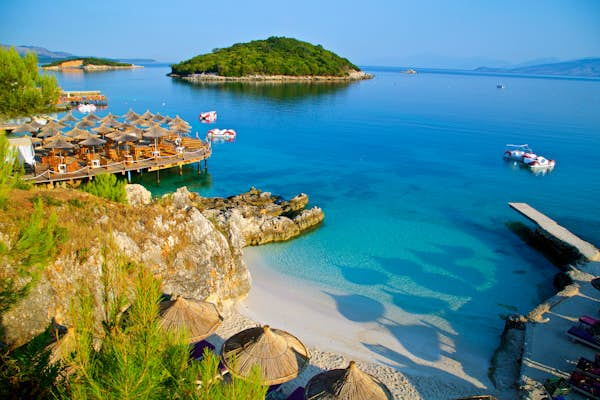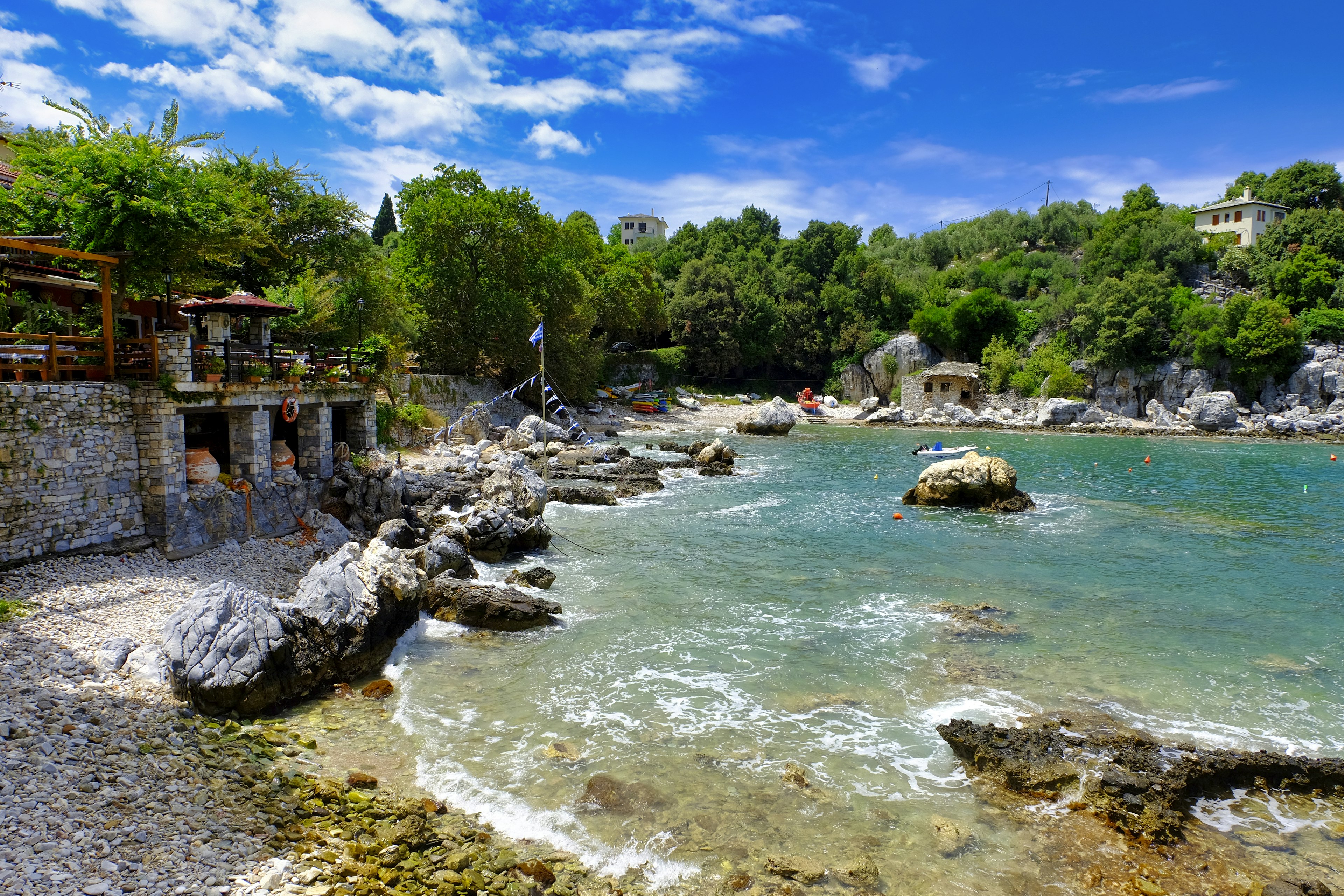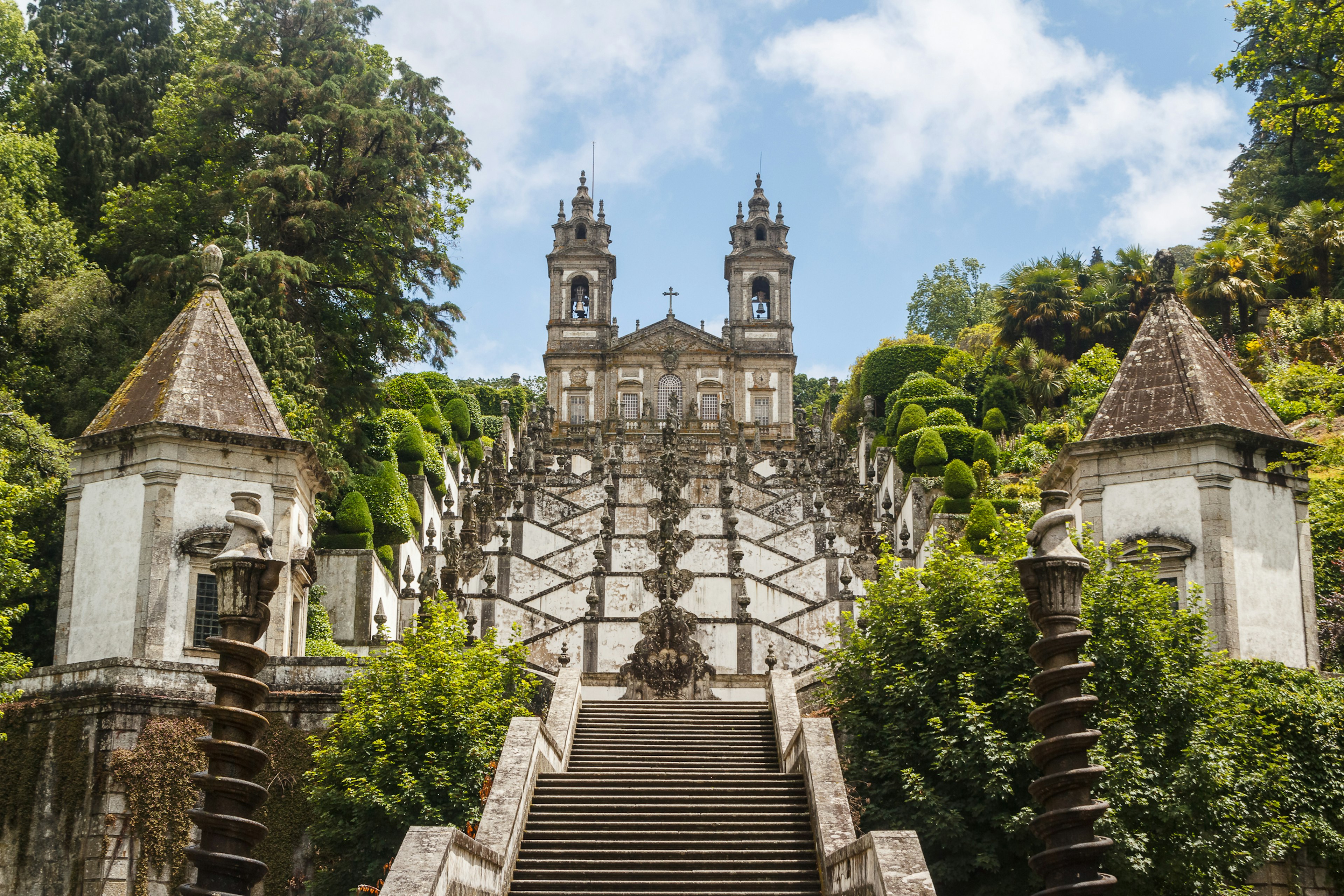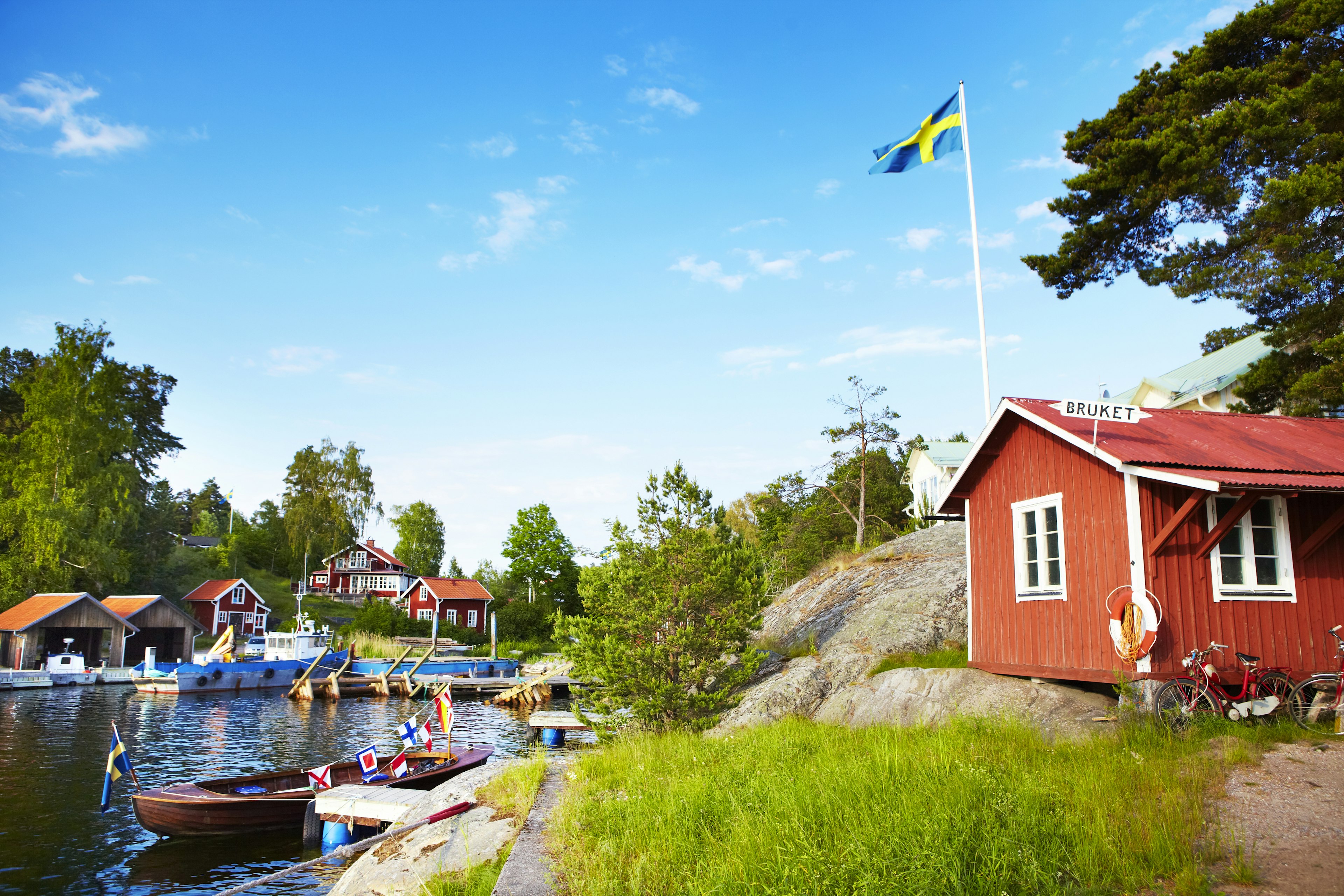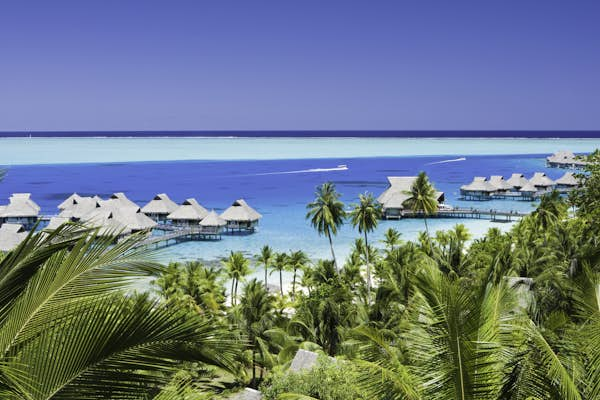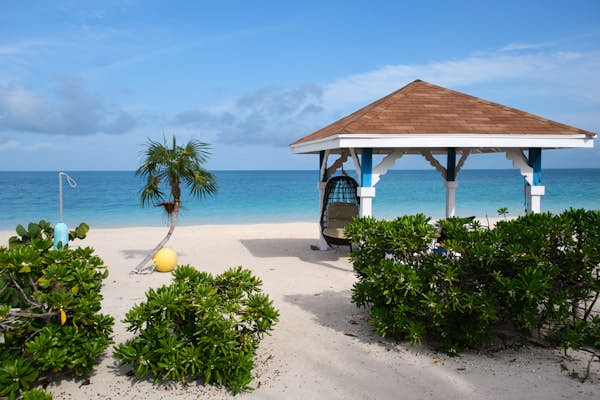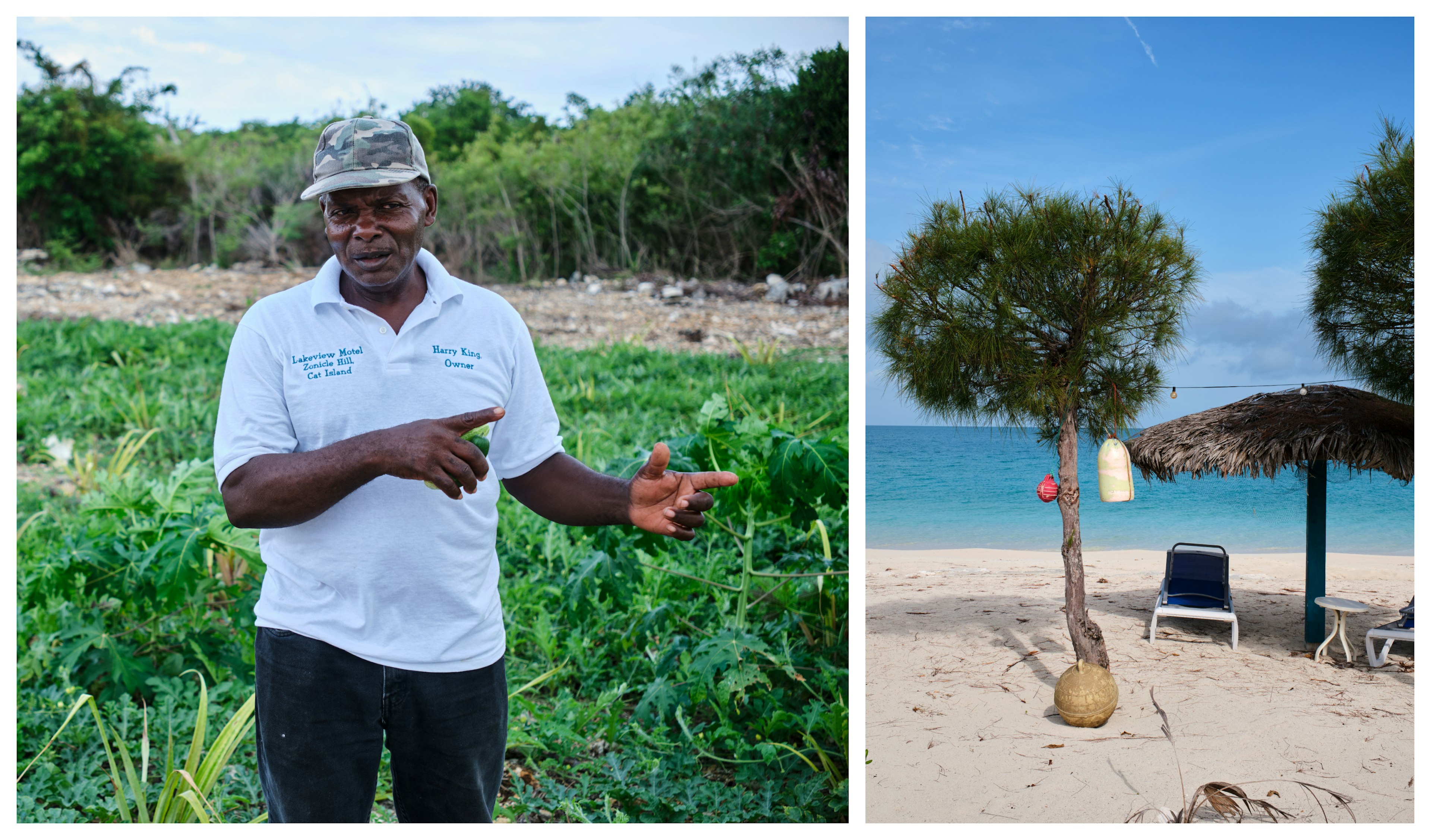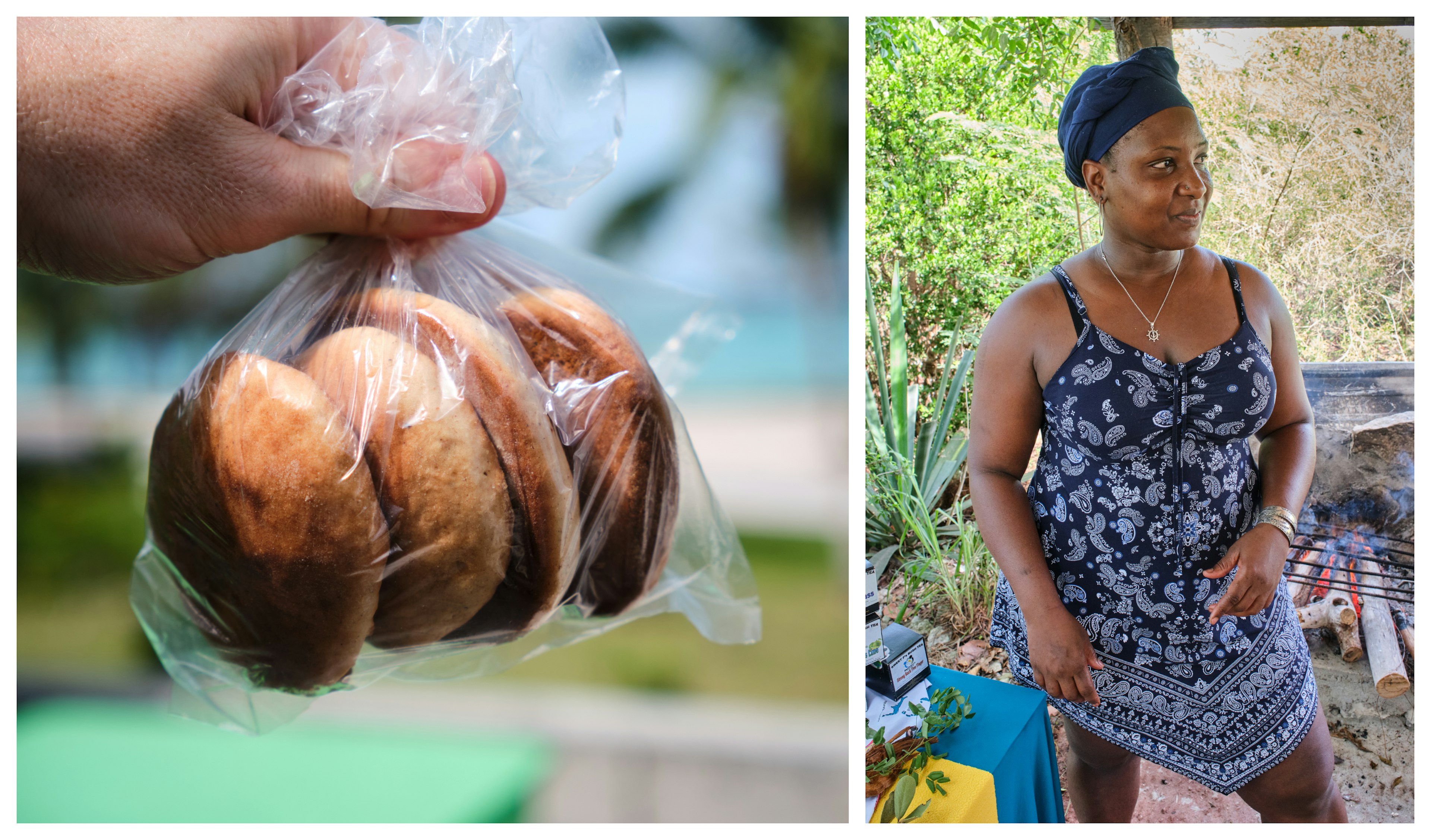Europe has some of the world’s most stunning mountains, whether it’s the ones that form the Mont Blanc Massif, straddling the border between Italy and France, or the often overlooked peaks in Spain’s Sierra Nevada region.
As someone who’s conquered many of the continent’s steepest peaks, whether it’s with former Olympians or friends teaching their kids to ski for the first time, I’ve developed a knack for knowing how to get the most bang for your buck from a ski holiday.
It’s a myth that resorts offering brilliant value are only found in ultra-remote destinations with a handful of ski lifts built 50 years ago. After all, skiing on a budget isn’t simply about paying as little as possible (if it was, we’d all just stay at home), but getting the best ski holiday for your hard-earned cash.
I’ve gathered together the best of Europe’s top budget ski resorts and also included a couple of big hitters – larger resorts that might cost slightly more than the region’s cheapest, but which are still fantastic options for skiers on a budget.
1. Sestriere, Italy
Best overall value for money
Average daily price of a lift pass: €28
This is a resort that offers brilliant bang for your buck, thanks in part to its location at the heart of Italy’s Via Lattea – a ski area that encompasses eight interconnected ski resorts in the Piedmont region and has 248 miles of slopes, some of which connect to France’s Montgenèvre ski resort. Sestriere tops out at 9186 feet, which means it’s wonderfully snow-sure. Additionally, the resort recently purchased 117 shiny new snowmakers, so even if the white stuff fails to appear (which is unlikely), you can still hit the slopes. As a bonus, it’s famous for its Italian cuisine, and the fabulous slope-side restaurants offer brilliant value for money – try Ristorante Pizzeria Da Costa for amazing pizza at a low price.

2. Grand Tourmalet, France
Best for a wide range of terrain
Average daily price of a lift pass: €50
Let’s face it. The French Alps are never going to be Europe’s cheapest ski destination, but it will always be one of the finest. And those who dream of cruising down its powder-blanketed slopes without remortgaging their home should head to Grand Tourmalet, a resort in the famously wallet-friendly Pyrenees mountains, where a week-long lift pass costs from around €300 per adult.
This gorgeous resort has 62 miles of slopes and a thrilling network of off-piste descents in the shadow of the 9438-ft Pic du Midi de Bigorre. It’s also perfect for families, with a fantastic range of activities to enjoy once the lifts have stopped. Highlights include snowmobile excursions (there are electric versions for kids as young as six), a visit to Pic du Midi’s observatory (France’s highest) and free guided winter hikes.

3. Vogel, Slovenia
Best for beginners
Average daily price of a lift pass: €42
Prepare to be amazed: a six-day-ski pass for Vogel in Slovenia costs just €197. This is one of Slovenia’s most popular ski resorts – a winter wonderland located just above Bohinj Valley, in Triglav National Park. The seasons are famously long (you can typically ski here from November until May) and its 13 miles of slopes cater to everyone from beginners taking it slowly to experts who can fling themselves off jumps in the resort’s beautifully maintained snow park. Taking to the slopes for the first time? The nursery slopes in the beginners’ area don’t need a lift pass – the only ticket they’ll need is a single cable car fare if you’re staying in accommodation below the main resort.

4. Jasná Nízke Tatry, Slovakia
Best for cheap lift passes
Average daily price of a lift pass: €41
Say hello to Central Europe’s largest ski area, where a six-day adult’s lift pass costs roughly €275. So what do you get for your hard-earned cash? To start with, 31 miles of Slovakian pistes served by 20 lifts (including a hi-tech A6 Doppelmayr 15-MGD cable car which whisks skiers to the top of the resort’s Mount Chopok in just 11 minutes). Adrenaline lovers can catch some big air in the resort’s freestyle zones but if après-ski is your priority, you’re in luck – the resort has several slope-side bars and clubs at which you can bust out your best dance moves (the Happy End club is a great spot to toast a day on the hill).
5. Orelle, France
Best for cheap accommodation
Average daily price of a lift pass: €40
Full disclosure – Orelle, which comprises 10 tiny hamlets, is part of France’s Les 3 Vallees ski area, home to swanky resorts such as Courchevel and Val Thorens. But Orelle, which has 93 miles of slopes and 29 ski lifts, is also proof that staying in a smaller resort that offers easy access to the area’s 372 miles of slopes can reap huge rewards. Take its newest hotel, The Hob. The accommodation will include double rooms, family rooms and six-person dormitories, and rates start from just €99 per night. The best bit? You simply need to hop on the Orelle gondola to be whisked into the heart of the world’s largest ski area in just 13 minutes.

6. Bardonecchia, Italy
Best for easy access
Average daily price of a lift pass: €46
Bardonecchia hosted the Winter Olympics in 2006 but – unlike in other resorts that hosted the games – prices have remained surprisingly low. The northwest-facing slopes are seriously snow-sure, and the resort’s impressive snowmaking tech means there’s always plenty of powder. It’s also easily accessible – it takes just 90 minutes to drive to the resort from Turin, but visitors can also hop on the Turin-Bardonecchia-Modane train. The terrain starts at 4260ft and tops out at 9180ft, and it’s a great resort for multi-destination trips due to the proximity of other brilliant Italian resorts such as Sauze d’Oulx.
7. Serre Chevalier, France
Best for guaranteed snow
Average daily price of a lift pass: €60
Serre Chevalier, the largest ski area in the (decidedly cheaper) southern Alps might not have the nightlife you’ll find in Tignes or the ski butlers you’ll find in swanky Courchevel, but that’s precisely we why love it. Decidedly unpretentious and free from the crowds that clog lift lines in other resorts, it’s a ski destination that offers brilliant value for money and a fantastic selection of runs for beginners through to experts (although intermediates are especially well catered for here). It’s also northeast-facing, which means its 80 slopes hold snow incredibly well.

8. Alpbach, Austria
Best for alpine charm
Average daily price of a lift pass: €63
This Austrian winter wonderland, in the heart of the Tyrol region, is one of the prettiest places to ski. When it was founded in 1953, locals laid down firm laws relating to buildings – none could be higher than three stories – and all must have first and second stories made from wood. Its 70 miles of trails are all easily accessible, and it’s incredibly family-friendly – there are four nursery slope areas, and the cost of a lift pass covers rides on a bus that whisks visitors around the resort.
One aspect that sets this resort apart is the accommodation, which consists mostly of chalet hotels – try the family-run Hotel Iris, where double rooms start from just €50 per night. Make sure you try one of the region’s delicious specialties, like Brandenburg Prügeltorte, a delicious cake found throughout Austria’s Tyrol region.
